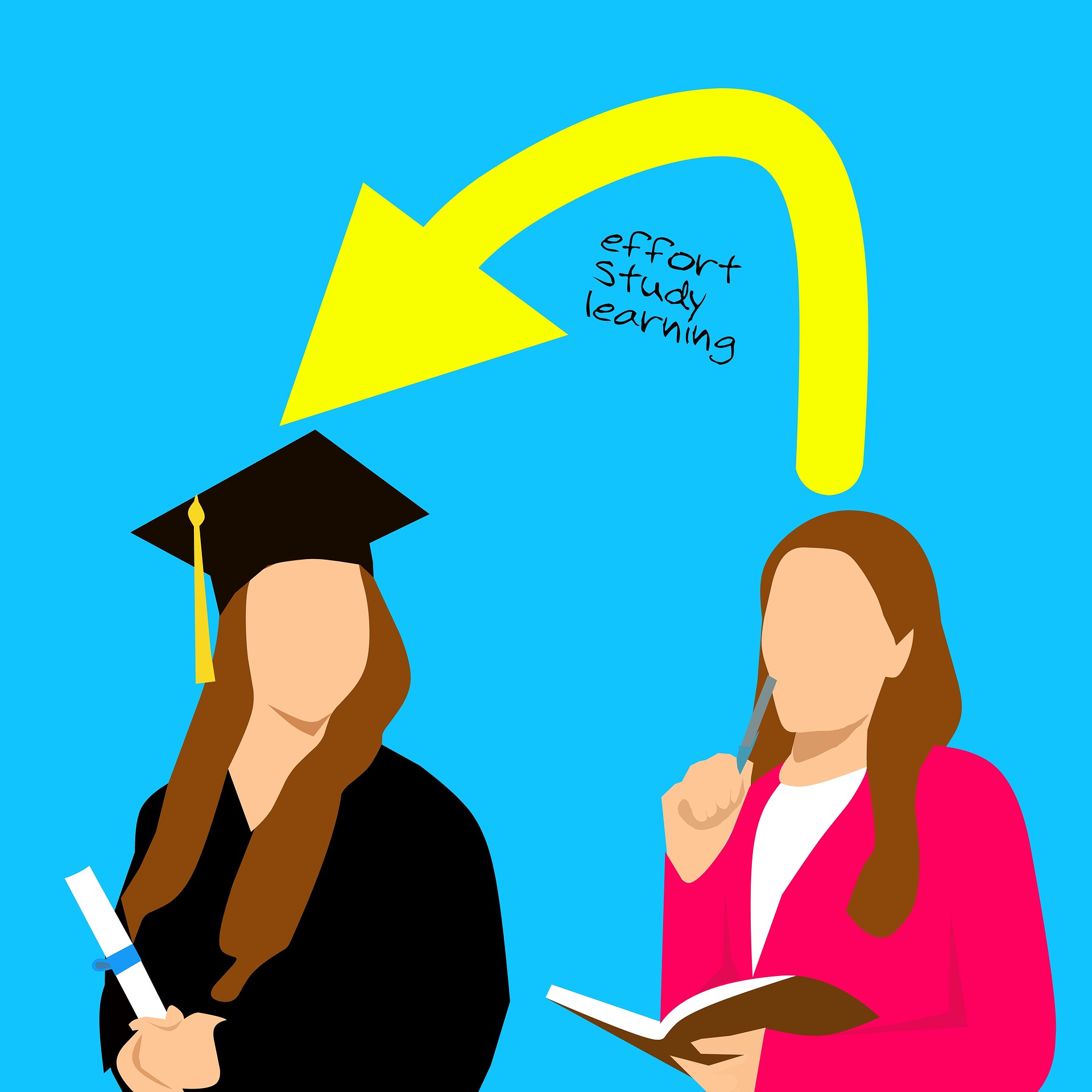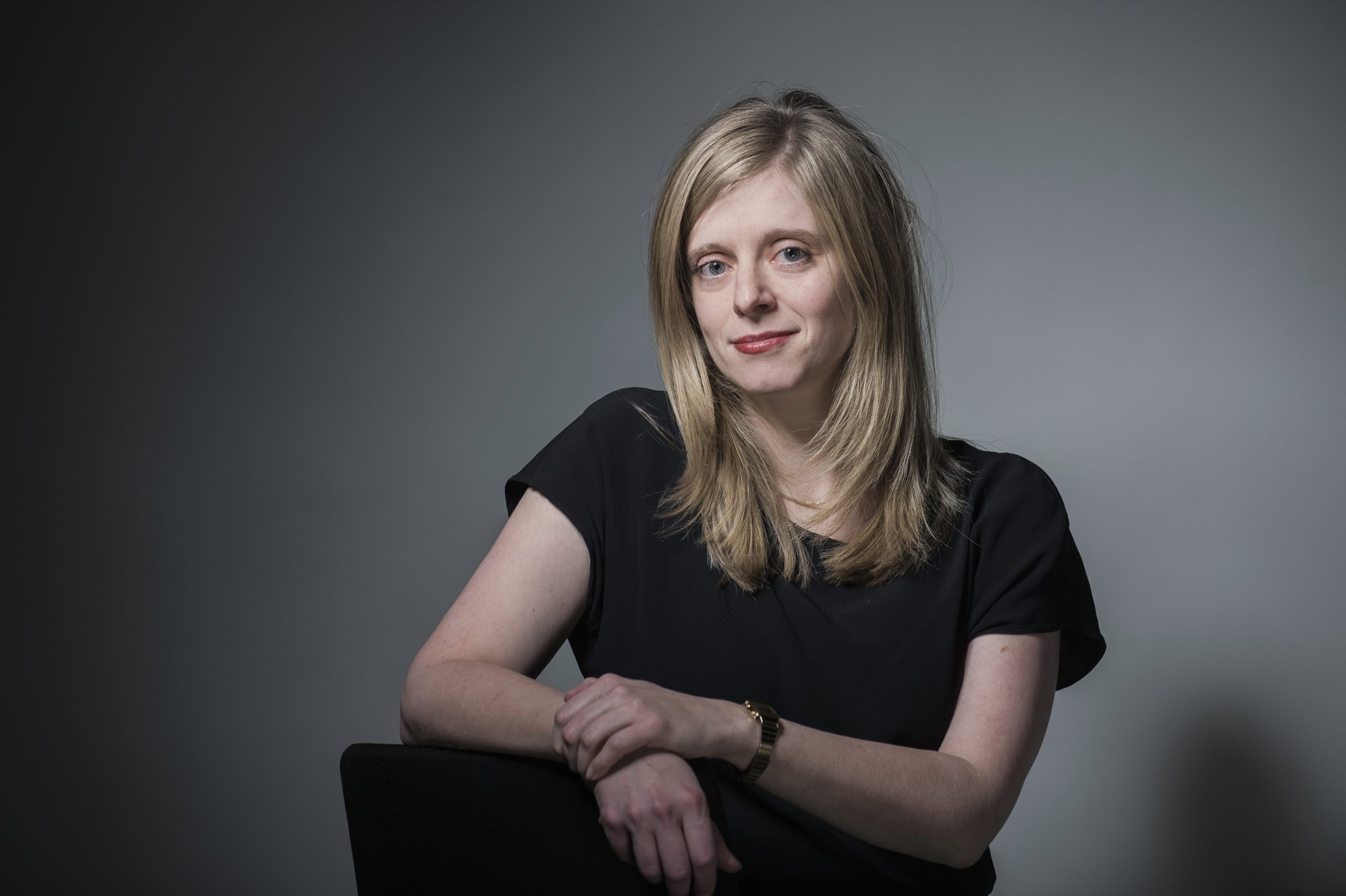
Katherine Johnson died on the 24th of February at the age of almost 102. Johnson was a brilliant mathematician. Her work at NASA made an undeniably important contribution to American space flight. Yet she was also a woman. Moreover, an African-African woman, which kept her a hidden figure for far too long. Thanks to the book Hidden Figures (2016) and the film of the same name (2017), she finally became known to the general public.
For our book ‘Van Melkweg tot Moraal‘ (‘From Milky Way to Morality’) mathematician Ann Dooms and I went in search of the hidden women in science. And there are, regrettably, plenty of them. Take astronomer Cecilia Payne (1900-1979). Payne gained her doctorate at Radcliffe College (now Harvard University). She was born in 1900 in the United Kingdom but relocated to the United States, as a scientific future was impossible for her in her own country. She was able to study at Cambridge University. But she was not allowed to graduate in her own name. Women weren’t officially able to do that until 1948.
In her doctoral thesis Stellar Atmospheres, Payne was initially right with her discovery that stars mainly consist of hydrogen and helium. However, this conclusion went against the prevailing scientific paradigm. So, on the recommendation of the American astronomer Henry Norris Russell, she called this finding into question. In retrospect, however, Russell concluded that Payne had been right. He acknowledged her discovery, albeit that it is all too often still unjustly attributed to him.
Destined to obey
One of the most famous philosophical essays on women is ‘On Women’ by Arthur Schopenhauer (1788-1860). Schopenhauer did not rank the other half of the world’s population very highly. He wrote: ‘“That woman is by nature intended to obey is shown by the fact that every woman who is placed in the unnatural position of absolute independence at once attaches herself to some kind of man, by whom she is controlled and governed; this is because she requires a master.”
The latter had little to do with ‘nature.’ Needless to say – it had instead much more to do with the circumstances. How can you live independently as a woman if you are denied access to decent education and proper careers?
2020 is a festive year. The oldest university in the Low Countries, the University of Leuven, has been admitting women for one hundred years. A cause for celebration, despite the fact that the University of Leuven has been in existence since 1425. Furthermore, the first female students did not enjoy a warm welcome: ‘Although the Leuven Alma Mater can no longer refuse to give women a higher education, we still hope that they will not go in large numbers into professions that do not correspond to the normal functions that nature assigns them to in society.’ This was what the then Rector said in his inaugural academic address.
Hard fought
Fortunately, the situation has improved considerably in the meantime. Especially when it comes to female students. But all these achievements were hard fought. And we’re not there yet. Because the higher up the academic ladder you go, the fewer women you find there.
Moreover, examples in digital technology make it clear that women are still being painfully disregarded. Pediatrician Louise Selby ‘s gym membership card didn’t allow her get into the women’s locker room at her gym in Cambridge University. The software was set up on the basis of address titles – such as Mr., Miss, Mrs., and Dr. – in order to determine who had access to either dressing room. And a “Doctor” … Well that had to be a man, of course …
About this column:
In a weekly column, written alternately by Tessie Hartjes, Floris Beemster, Bert Overlack, Mary Fiers, Peter de Kock, Eveline van Zeeland, Lucien Engelen, Jan Wouters, Katleen Gabriels and Auke Hoekstra, Innovation Origins tries to figure out what the future will look like. These columnists, occasionally joined by guest bloggers, are all working in their own way on solutions to the problems of our time. So that tomorrow is good. Here are all the previous articles.


